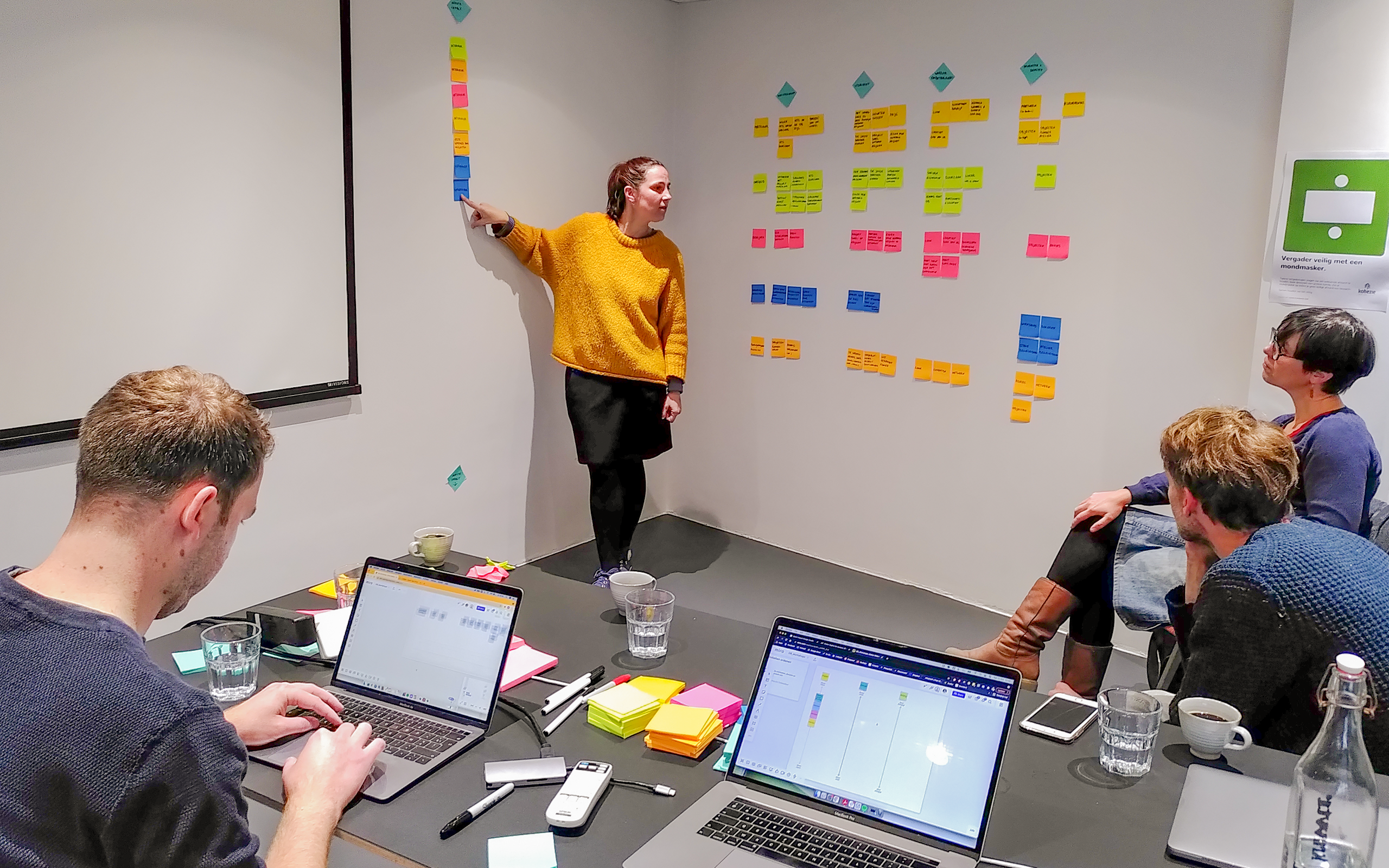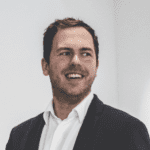Page content
About Onbetaalbaar
Onbetaalbaar is a Belgian think tank and interior design firm with a strong focus on re-use, circularity, and local collaboration. They create unique interiors and furniture pieces with reused or recycled materials, but for them, the most important element of an interior is the people who will live in it. Onbetaalbaar has a way of reflecting the personality and soul of a person in their designs to make each one unique, they call this emotional materialism.
The challenge

Our process
After a kick-off meeting, we immediately started interviewing all relevant internal and external interviewees. We interviewed all employees to understand their vision of the future of Onbetaalbaar and how they see their roles changing over time. We also uncovered some points of tension, interesting growth opportunities, and untapped skills. During the interviews with external stakeholders, we were able to capture the way Onbetaalbaar is perceived by clients and partners. We gained insight into their frustrations and delights, and how they see the company evolving in the future. By combining these insights with our extensive market research, we got a clear picture of the current and possible future states of the company.
Together with the team of Onbetaalbaar, we co-created their new business model and positioning, as well as a clear vision for the future and how to transition towards this intended future.
During these workshops we tackled:
- Long-term vision and mission
- Key messaging and unique value propositions per target audience
- Service prioritization is based on potential impact, employee happiness, and revenue
- Creating a sustainable business model
- Ecosystem mapping to support the new business model
The result
To make the results of this project very actionable and maximize the chances of implementation, all outcomes and actions were summarized in an extensive roadmap. We prioritized which changes and projects should be implemented first, added deadlines, and gave responsibilities to specific team members. Some of the projects that are being implemented now are listed below.
On an organizational level:
- A CRM and time-tracking software will be introduced
- The roles of the managers are clearer so they can increase their focus, efficiency, and happiness on the job
From a business model perspective:
- A price increase for certain products and services
- Clear options to create new passive revenue streams
- Several options to create more predictable, recurring revenue streams
- New services will create new revenue streams
From an impact perspective:
- An increased focus on reusability, modularity, and circularity
- A furniture leasing model will be piloted in certain segments






